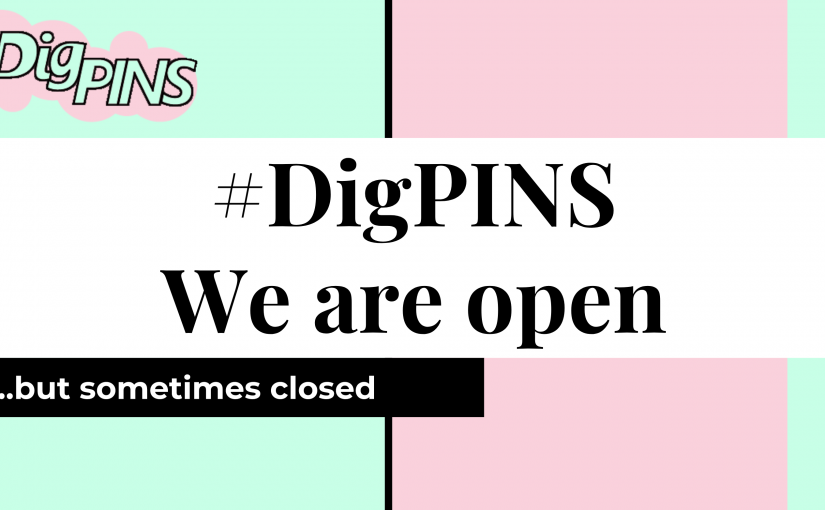-

Is a space
For some time now I’ve used “Is a liminal space” as my tagline and it has always intrigued me how people latch on to the…
-
 Digital Citizenship Digital Environments Digital Identity Live Streaming Media Studies Surveillance Virtually Connecting
Digital Citizenship Digital Environments Digital Identity Live Streaming Media Studies Surveillance Virtually ConnectingThe Zoom Gaze
Note: On December 7th I expanded my thinking on the concept of the Zoom Gaze into a full-length article with Real Life Magazine which you…
-

Evolving Digital Identity – The “Real Life” of watching and being watched
This post is around the #DigPINS Pedagome “Identity” week. I want to just sort of riff on my own about some personal experience so forgive…
-
 Digital Citizenship Digital Environments Digital Identity Digital Networks Digital Pedagogy Digital Scholarship DigPINS Open Education Rhizomatic Learning
Digital Citizenship Digital Environments Digital Identity Digital Networks Digital Pedagogy Digital Scholarship DigPINS Open Education Rhizomatic Learning#OpenEd18 Lightning Talk: #DigPINS, We are Open … But sometimes closed
I’ve made it to Open Ed 2018 and I’m excited to present a lightning talk on Friday at 3:30 – 3:45 with Sundi Richard and…
-
 Digital Citizenship Digital Identity Digital Pedagogy Digital Scholarship Domain of One’s Own Open Web Privacy
Digital Citizenship Digital Identity Digital Pedagogy Digital Scholarship Domain of One’s Own Open Web PrivacyDesigning for Privacy with DoOO: Reflections after DPL
The thinking for this post comes on the tail end of Digital Pedagogy Lab (DPL) where, despite not being enrolled in any of the data…
-

Platform Literacy in a Time of Mass Gaslighting – Or – That Time I Asked Cambridge Analytica for My Data
Digital Citizenship and Curiosity In the beginning of 2017 I first discovered Cambridge Analytica (CA) through a series of videos that included a Sky News…
-

ELI Poster Presentation: DigPINS – A participatory faculty development experience
I’m excited to be presenting a poster at ELI2018 with Sundi Richard on DigPINS – a participatory faculty development experience. Sundi designed DigPINS around the…
-

#DigCiz Reflections and a #DigPed Workshop
We just wrapped up a month long #DigCiz conversation and it was really unlike any of the others. It was bigger for one thing. I…
-

What is DigCiz and Why I am Not Marina Abramovic: thoughts on theory and practice
Theory Alec Couros and Katia Hildebrandt just finished a round of facilitation in the #DigCiz conversation where they challenged us to think about moving away…
-

My Virtual Life: becoming a real buddy with a nod to the Velveteen Rabbit
‘Does it hurt?’ asked the Rabbit. ‘Sometimes,’ said the Skin Horse, for he was always truthful. ‘When you are Real you don’t mind being hurt.’…